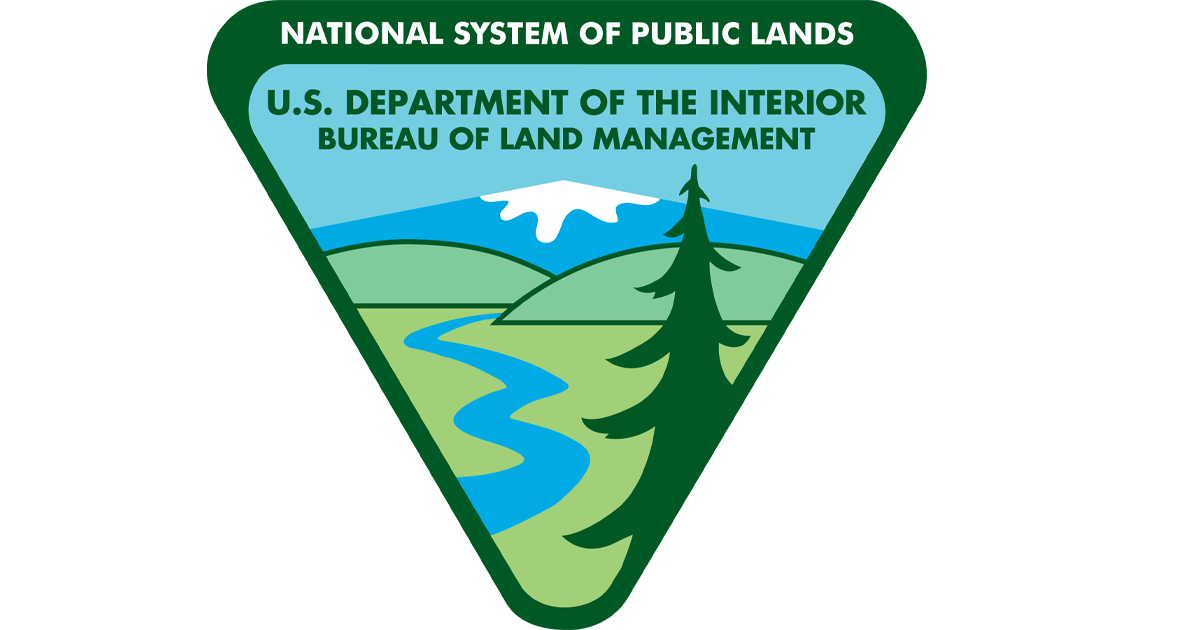Aperventure
Active member
- Joined
- Sep 9, 2018
- Messages
- 209
It seems like there must be some examples or large private landowners managing their land. now if we could only get insight into their accounting & labor hours / tasks for it over 10-20-30 years to see what resources they use to manage and its costs / revenues (or lack thereof)… then we wouldn’t be left with the schoolyard argument “my dads got better land management than your dad (the fed govt)”It was certainly federal land before a lot got there.
But I think where a lot of the ranchers and sheep herders have apt of heartburn is the Federal Lands Policy of 1976, and the Horse and Burro act.

History of the BLM | Bureau of Land Management
Our Heritage, Our Future In many ways, the history of the Bureau of Land Management is the history of the growth and development of the United States. The BLM was formally established in 1946, but its roots go back to the years after America’s independence, when the young nation expanded. At...www.blm.gov
Ive never heard the mention of locals thinking they have special preference because they live there, compared to other citizens.
The sentiment is very strong that locals can manage the land better.
Whether the locals can do better or not in a larger scale? I dont know. But I do know local and state managed lands we have seem to be managed a lot better than federal lands. Im not sure how that would cross over in scale.



